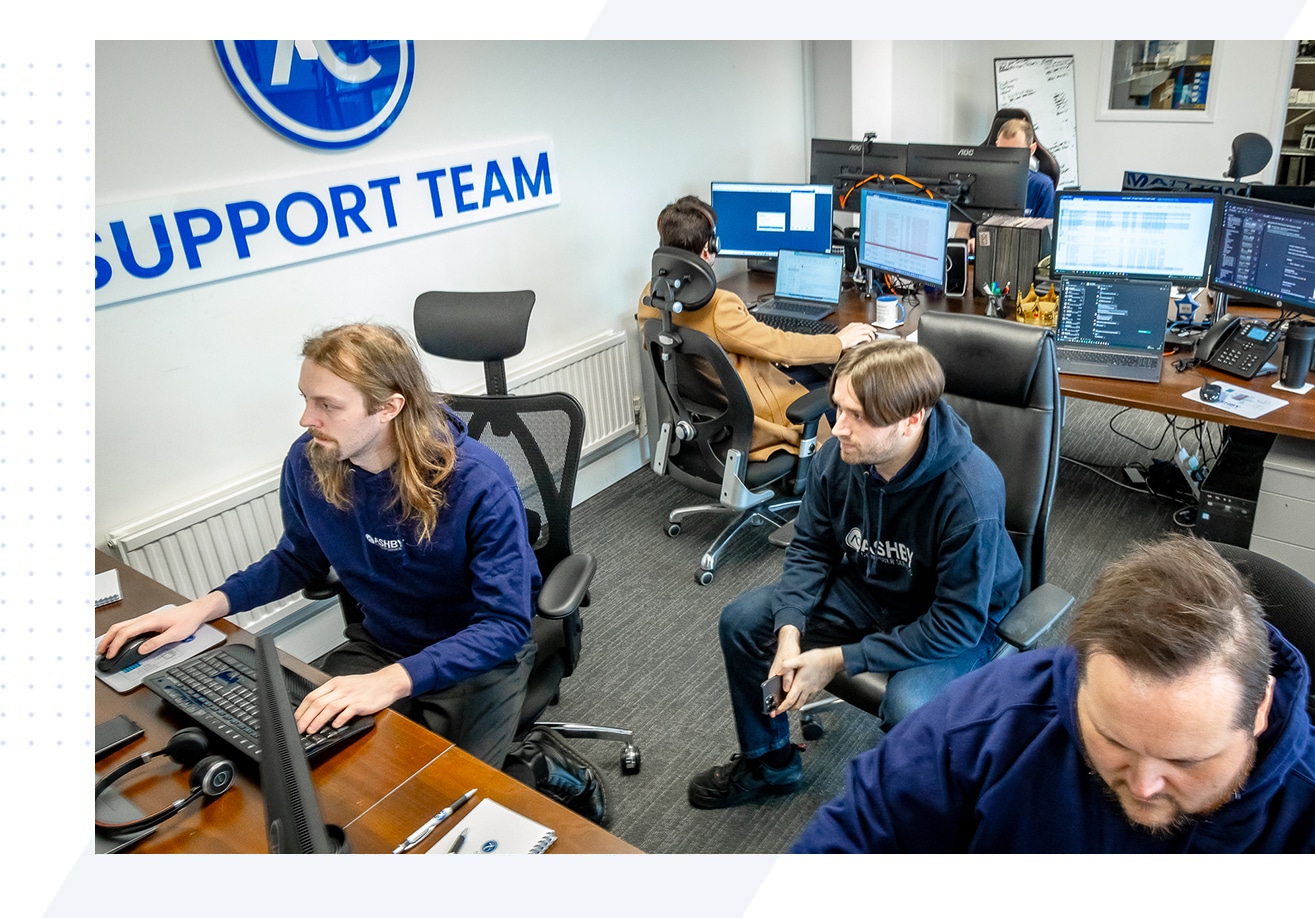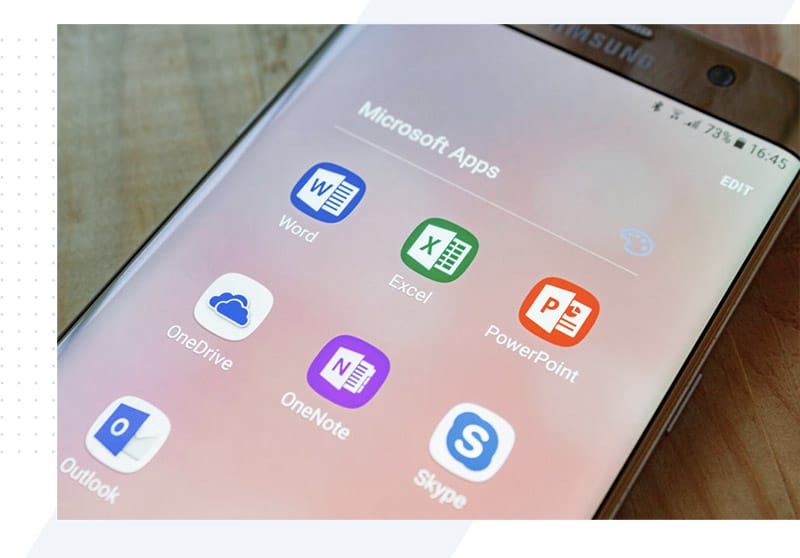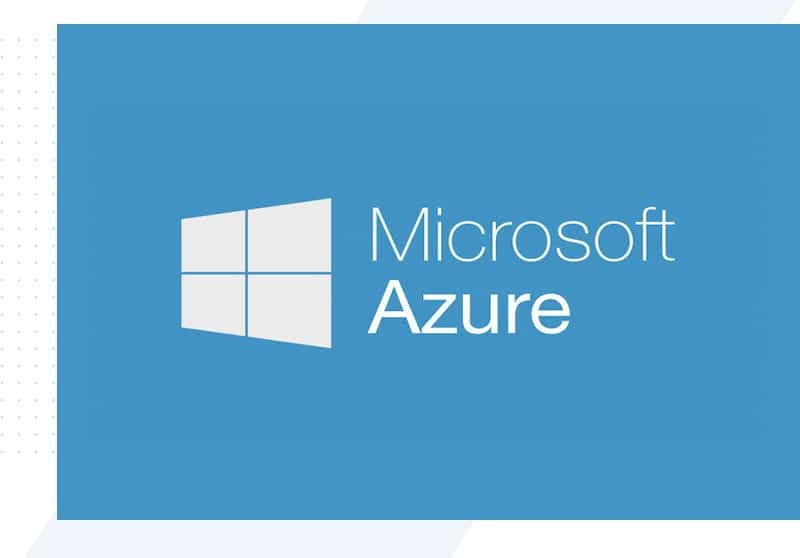The pros and cons of SHADOW IT

This increasing adoption of cloud brings with it, a serious headache for Managed Services Providers. Quite often, they are not even aware of its presence.
These “invisible services” are referred to as “SHADOW IT” and it is generally 10 times more prevalent than businesses are aware of.
What is SHADOW IT?
To put it simply Shadow IT is the purchasing and use on a business network, of hardware and software that has not been approved by IT. The most common culprit is SaaS (Software as a Service), or cloud based services.
Recognised business tools such as Trello, Grammarly, Slack, WebEx, Zoom, Google Docs etc. are all prime examples. But hardware like personal PCs, Laptops, tablets, mobiles and even USB hard drives are all potentially Shadow IT.
And if it hasn’t been approved by IT, the security risks can be very serious indeed. Yet there are also several benefits to Shadow IT.
Benefits of SHADOW IT
Employees can often wait for hours, sometimes days for IT to approve “accepted apps” and this is time most people can’t afford to waste, especially when they can download a tool for the job in minutes.
In such cases, IT can become a bottleneck to productivity. Shadow IT can lead to improved productivity and the removal of bottlenecks, it can also be very innovative, but it can also create a massive gap between business led IT and team led productivity.
Without it approval
It is important to recognise that 85% of all cloud app purchases are made without prior approval of IT. And if the pandemic has taught us anything, it’s that employees working from home have enjoyed more freedom to experiment and have often become more tech-driven as a result. They are increasingly likely to take such matters into their own hands.
What are the risks of SHADOW IT?
There are various risks in purchasing SaaS without IT approval, revolving mainly around compliance, security, and management. There are also potential inefficiencies that arise due to improper configuration.
And let’s not forget, it’s called “SHADOW IT” because it’s “invisible” to MSPs and IT Departments. And if a team relies on a Shadow IT app that breaks down and IT has never been aware of it, then serious productivity problems can arise. The bottom line is that if IT isn’t aware of an application, they can’t support it, manage it, or make it secure.
Conclusion?
MSPs are developing stronger and better relationships with clients and their various department heads. This in turn helps ensure MSPs are made aware of any cloud software purchases, allowing them to offer advice or second opinions. This not only helps MSPs to mitigate potential risks, but also to become recognised by department heads as a trusted adviser, who can be consulted on such decisions.
MSPs can become a strategic fulcrum for Business Departments/Units, where employees turn for help and advice, ensuring they buy the best and safest tools for their teams’ productivity.



















